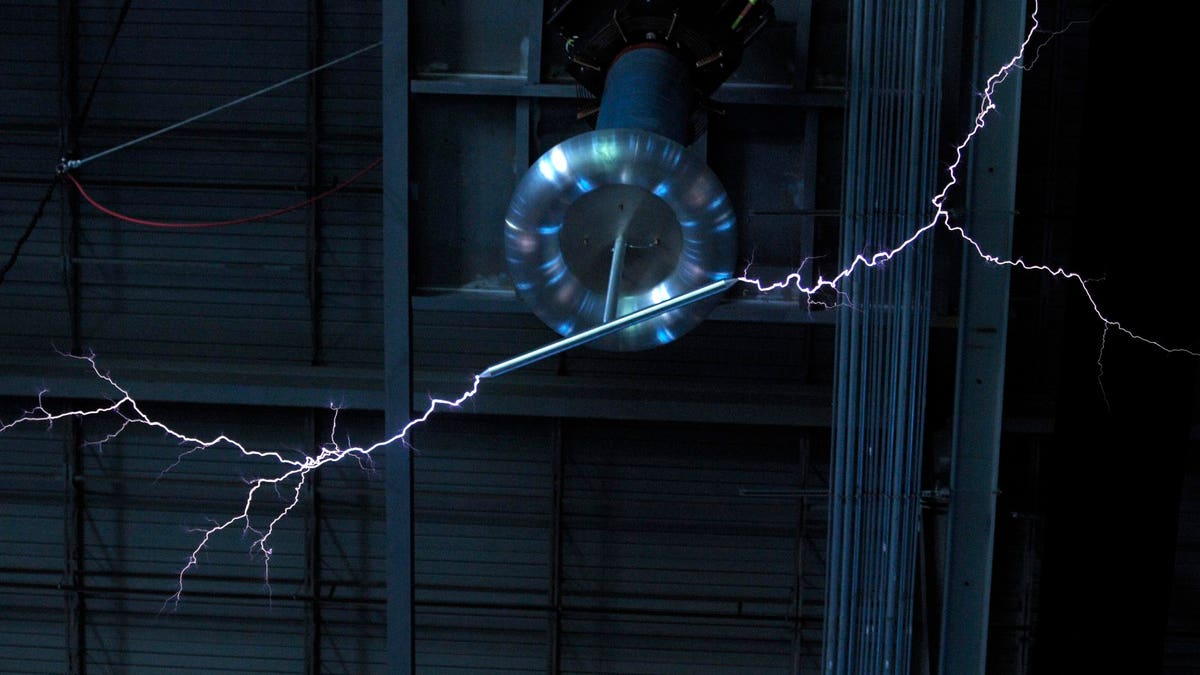A team of South Korean scientists claims they discovered the first room temperature and ambient pressure superconductor that could revolutionize energy policy. Room-temperature semiconductors under normal pressure would not just enable cheap advanced computing but it would also enable the unlimited transmission of energy without any losses.
The policy and business implications of this are massive. Fields of solar panels in the Sahara could power entire continents, transmission problems made trivial, and climate change rendered far easier to combat.
This advance was allegedly achieved with a synthesized material dubbed LK-99. Rapidly, other teams began working to verify and replicate the findings, hoping for the technological discovery of a lifetime. Unfortunately for optimists, reality proved disappointing. First, Beijing’s Beihang University, then India’s National Physical Laboratory of Engineering both released scientific reports dispelling the LK-99 claims. Institutions in Japan, Europe, and America are currently, as of August 8th, 2023, racing out to publish their own statements.
To summarize the still-emerging scientific consensus, LK-99’s magnetic properties render practical operation infeasible. Superconductivity is when electrical resistance disappears in materials due to them expelling but not interacting with a magnetic field. This is why so many pictures of superconductivity showcase levitation. Unfortunately for LK-99, it appears to intersect with its own magnetic field (making it levitate at angles) making the material diamagnetic.
Last time optimism on room-temperature superconductors was rekindled when blockchain company C12 Electronics also acquired a patent for a new superconductor in 2021. The company’s design uses a perforated carbon coated with a confidential activating material. This superconductor, dubbed “Type II”, has yet to undergo tests for replicability, scalability, or practicality. Given the recent fate of LK-99, it is easy to be dismissive, but work continues.
This is not the first time the public, and energy policy specialists, have been disappointed with the promise of room-temperature superconductivity. In 2020 a major breakthrough for superconductors appeared in the prestigious scientific journal Nature, only for it to be later retracted after investigations revealed data fabrication.
However, even if these materials prove to be superconductors as advertised, their widespread use in energy grids remains many years away. While room-temperature superconductors may eventually transform energy, it will take years to optimize the production of these materials, train a workforce capable of constructing and maintaining them, and longer still to replace existing infrastructure with these new powerlines. This is to say nothing about the potentially massive upfront costs that would be involved.
Despite the difficulties, it remains a worthy endeavor. Room temperature superconductors can easily revolutionize the world’s electric grids, allowing electricity to be transferred across large distances without any losses along the way. Existing powerlines, which most commonly use copper or aluminum, lose considerable electricity due to resistance in the form of heat radiating from their wiring. In the United States, for example, 5% of all electricity generated is lost during transmission. This amounts to the entire energy consumption of Spain, South Africa, the UAE
UAE
Fears of this electricity loss constrain all energy infrastructure. The reason why (aside from cost) the U.S. doesn’t blanket its western deserts with solar panels is that transmission losses would be massive. If these were eliminated, energy infrastructure could be more diversified and efficiently planned. This would benefit producers, consumers, and the environment. As suggested, solar panels in the Sahara could generate electricity for customers across Africa and Europe without losses along the way. Iceland’s volcanos, Eurasia’s windy steps, and the tides of Southeast Asia could all provide more energy to the world – without using the pricey hydrogen infrastructure. Regions with poor green energy potential would finally able to leverage such technologies.
As the weather becomes more unpredictable and temperatures continue to rise, the availability of more electricity will be vital in the coming years as heatwaves strain the electric grid. Superconducitivity-based grids, if real, could revolutionize how humanity gets its energy. Governments and investors must embrace long-term thinking and remain optimistic in the face of failure and disappointment. We may not have discovered room temperature superconductors just yet, but the world-wide quest for this important tech will continue.
Read the full article here





